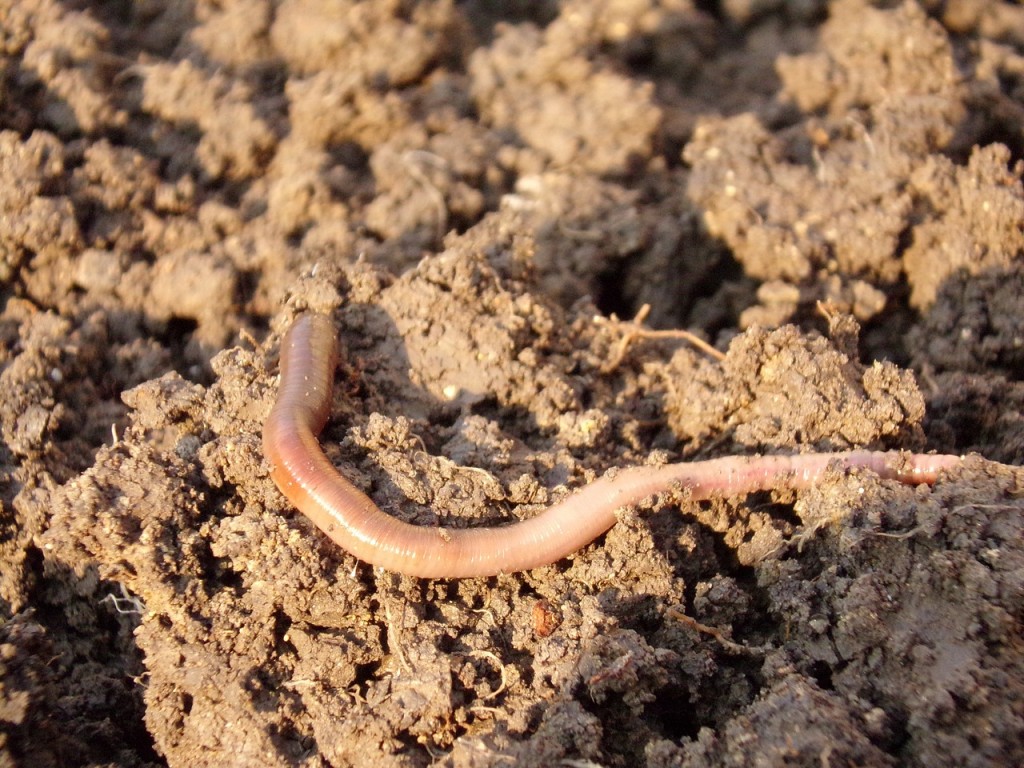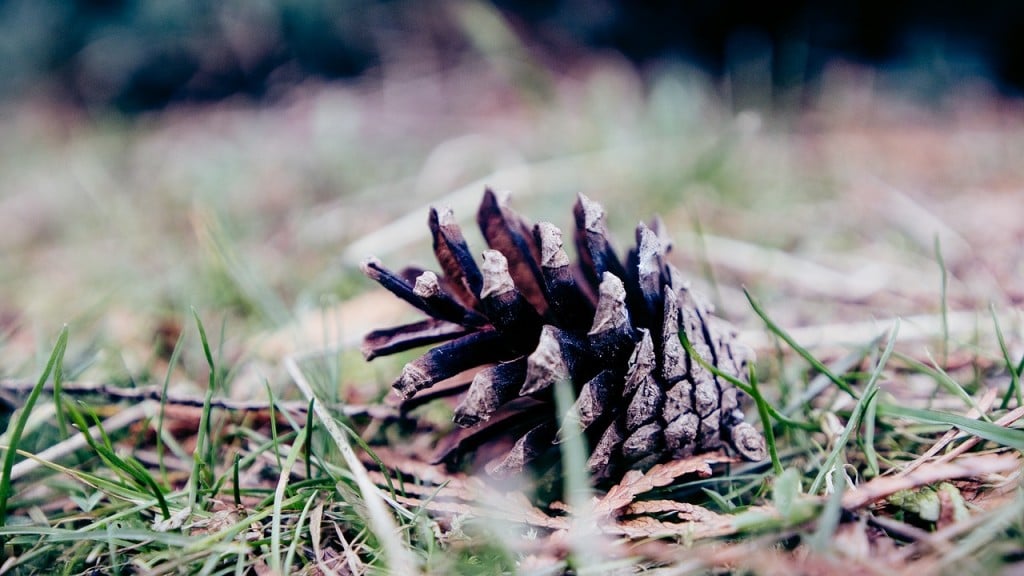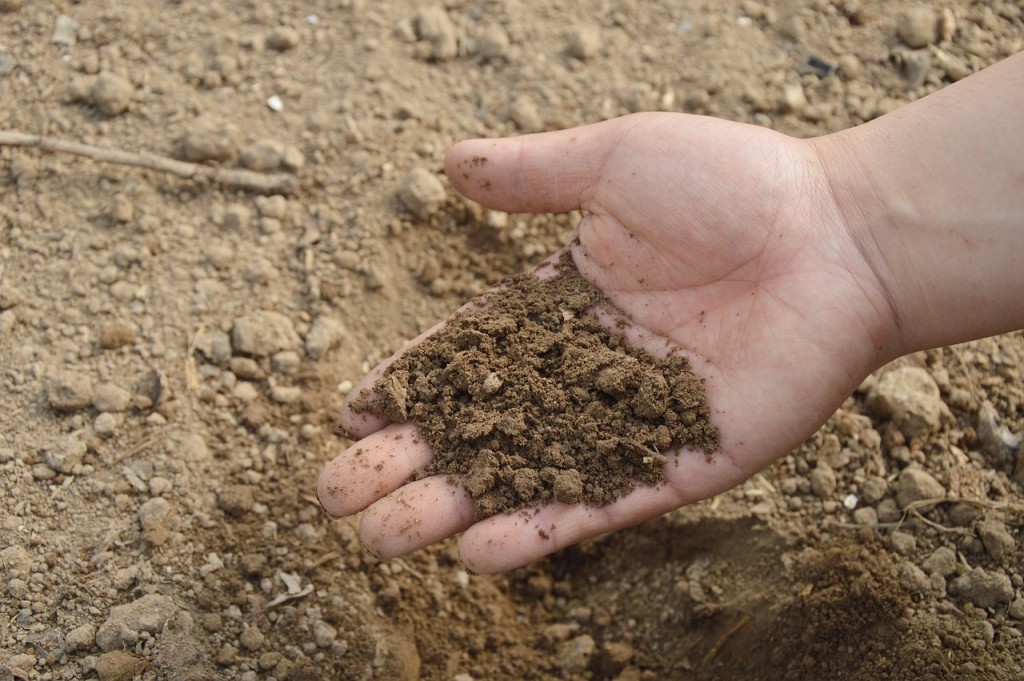
Greenhouse gardeners have such a wide range of techniques to make the most of the plants at their disposal that it would be easy to overlook some considerations.
Earthworms are typically associated with natural habitats, but they can easily be introduced to artificial environments. This can be tremendously beneficial to gardeners and can really help to give a plant a boost.
Organic growing blog Backyard Nature cites a study conducted by Wade Elmer and published in the journal Plant Disease as indicating just how much good earthworms can do.
The article – entitled Influence of Earthworm Activity on Soil Microbes and Soilborne Diseases of Vegetables tested asparagus, eggplant and tomatoes. These vegetables were grown in pots infected with common Fusarium and Verticillium species.
Fusarium is a type of fungi – most species of which are harmless saprobes – and is a fairly abundant in soil communities. However, some contain mycotoxins in cereal crops that can affect people if it enters the food.
Along with Verticillium, both fungi forms are known to cause serious plant diseases in vegetable crops. Indeed, there is no known chemical means of controlling these diseases in the case of Verticillium.
However, the study found that the presence of earthworms had suppressive benefits that significantly reduced the spread of this – by anywhere between 50 per cent and 70 per cent.
This was brought about as a result of the soil-based activity of the creatures and it was suggested that action to increase the presence of earthworms could help to stem the tide of soil borne diseases.

More general benefits were also identified, as plant weights were increased by 60 per cent to 80 per cent when the soil was augmented with earthworms.
Needless to say, it is easy to see why this could be appealing to the greenhouse gardener – and especially those who take advantage of the space to grow vegetables.
The most common kind of worm found in compost is the red wiggler, properly know as the Eisenia fetida. It is adapted to environments of decaying material and thrive in compost.
They are hugely beneficial to artificial environments, as they play an important role in helping to evenly distribute water through the soil. Combined with their ability to incorporate and spread organic material, they can really help to make a rich variety of nutrients available to more plants.
Furthermore, they are perfect for gardeners in the US, as they do not survive the kind of cold winters experienced in the northern states, so there is no need to worry about disposing of them and inadvertently introducing them to a non-native environment.
In an article for UK newspaper the Guardian, one-time presenter of the television magazine show Gardeners’ World Alys Fowler advised against being too sensitive and trying to separate worms from compost.
“It used to be thought that gardeners should discourage worms from containers, but they do no harm,” the expert commented, adding: “Quite the opposite, in fact – they do their work in pots, too, taking dead leaves and organic matter, and turning it into plant food.”
Indeed, Charles Darwin once stated: “It may be doubted whether there are many other animals which have played so important a part in the history of the world, as have these lowly organized creatures.”
However, Ms Fowler said: “They will congregate at the bottom of the pot if it’s hot, and you may well not want worms hanging out all over your balcony. So, to sort them out, place small mounds of compost on a plastic sheet, and the worms will make their way to the bottom of the pile, where it’s cool and dark,”
She recommended returning them to the top of the compost bin after this.











